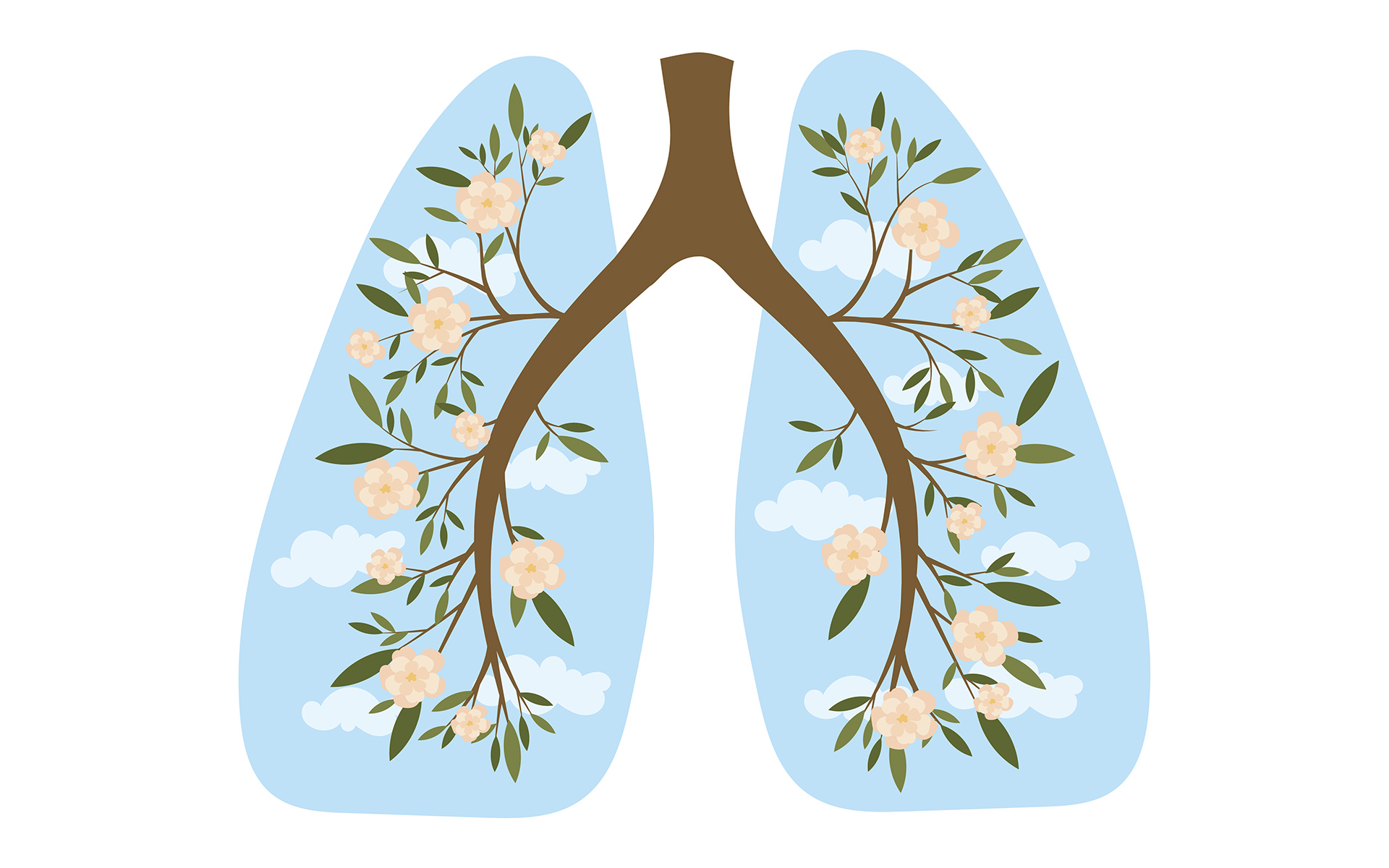This breathing practice is inspired by the Paiute story of the North Star. It’s about a mountain ship boy named Nagah who journeys into the sky and how his father’s love, despite grief, transforms him into the North Star, the star that shines with the luminosity of 2500 suns, and that has provided guidance for our ancestors that live in the Northern Hemisphere for centuries.
A 12-Minute Breathing Meditation to Harness Your Attention
A 12-Minute Breathing Meditation to Harness Your Attention
- Start by sitting in an upright, comfortable position. You can keep your eyes softly closed if that’s comfortable for you.
- Now bring to mind a bright star sitting still in the sky. That’s the North Star. Imagine breathing in from the North Star and breathing out to the North Star. In from the North Star out to the North Star. In and out.
- From there, direct your attention toward your breath. Follow your breath, anchoring it to your nostrils, following your breath into your nose, feeling the sensation of breath there, and then following it out. You might notice vibration in your nostrils or might even notice that the air is a little cooler going in. And as it circulates around your lungs, it warms up a bit. So it’s a little warmer going out. You might notice that you might not. Either way, it’s OK. Just be curious to see what you notice.
- Continue to follow your breath, focusing the spotlight of your attention on your breath coming in and your breath going out. Focus your attention on your breath in your chest. Notice the rise of your chest as you breathe in and the fall of your chest as you breathe out. Try that for a couple of breaths.
- Now move your attention down to your abdomen. So this time, following your breath into your abdomen, feeling that sensation of breath there, and then following your breath out. Just try that for a couple of breaths. Be curious. Notice what that’s like.
- Follow your breath all the way in until it stops. And just notice the stopping. Notice the space between the in-breath and the out-breath. Follow your breath all the way out until it stops again. Noticing the stopping. Noticing the space. Noticing that in that space is stillness. The North Star sits still in the sky and in between breaths. That stillness also resides in you. The North Star isn’t perfectly still. It’s almost still. Just like your body as you follow your breath in and out to the place you’ve chosen as your anchor.
- Now choose either your nose or your chest or your belly as the place that you want to anchor your breath. It doesn’t matter which one. Just pick one. Continue following the breath in, noticing that space and stillness between the in-breath and out-breath and between out-breath and in-breath.
- You might also notice that your mind is also not perfectly still. That is natural. And you might notice that it wanders from your breath to other things. Like thoughts, emotions, memories, sounds, other bodily sensations. When this happens, gently bring your attention back to your breath. This act of noticing your mind wandering elsewhere and gently bringing it back increases your capacity for mindfulness. If your mind wanders off every second, just bring it back every second. In this way, you build the stillness in yourself. With stillness you gain more clarity and you can find your direction much easier.
- You can also expand your attention to your whole body. Instead of focusing your attention like a spotlight, focus your attention more like a floodlight. Just notice your whole body breathing itself. And you can even imagine that you are the North Star almost still.
- You can stay here. Following your breath in and out from this expansive place. Or you can go back to narrowing your attention to following one breath in, one breath out at a time and anchoring it to your belly, your chest, or your nose, and noticing that stillness in between. Choosing one of those expansive or narrow anchors of attention to follow the breath, you can continue with this for five minutes or for as long as you’d like. You can end the practice when you’re ready.
READ MORE
A 12-Minute 4-7-8 Breathing Meditation
This easy breathing practice helps to release stagnant air in the lungs and find calm.
Read More
10-Minute Nourishing Breath Meditation
The deepest healing occurs when you come to terms with the way things are. This simple awareness of breath practice is an act of self-love and compassion for the moment we find ourselves in.
Read More
Focus Your Awareness with These Visual Breath Practices
To be aware that we’re breathing is the first thing we learn in mindfulness practice. Gary Gach walks us through the fundamentals and shares three imaginative tools for clear, focused awareness.
Read More









